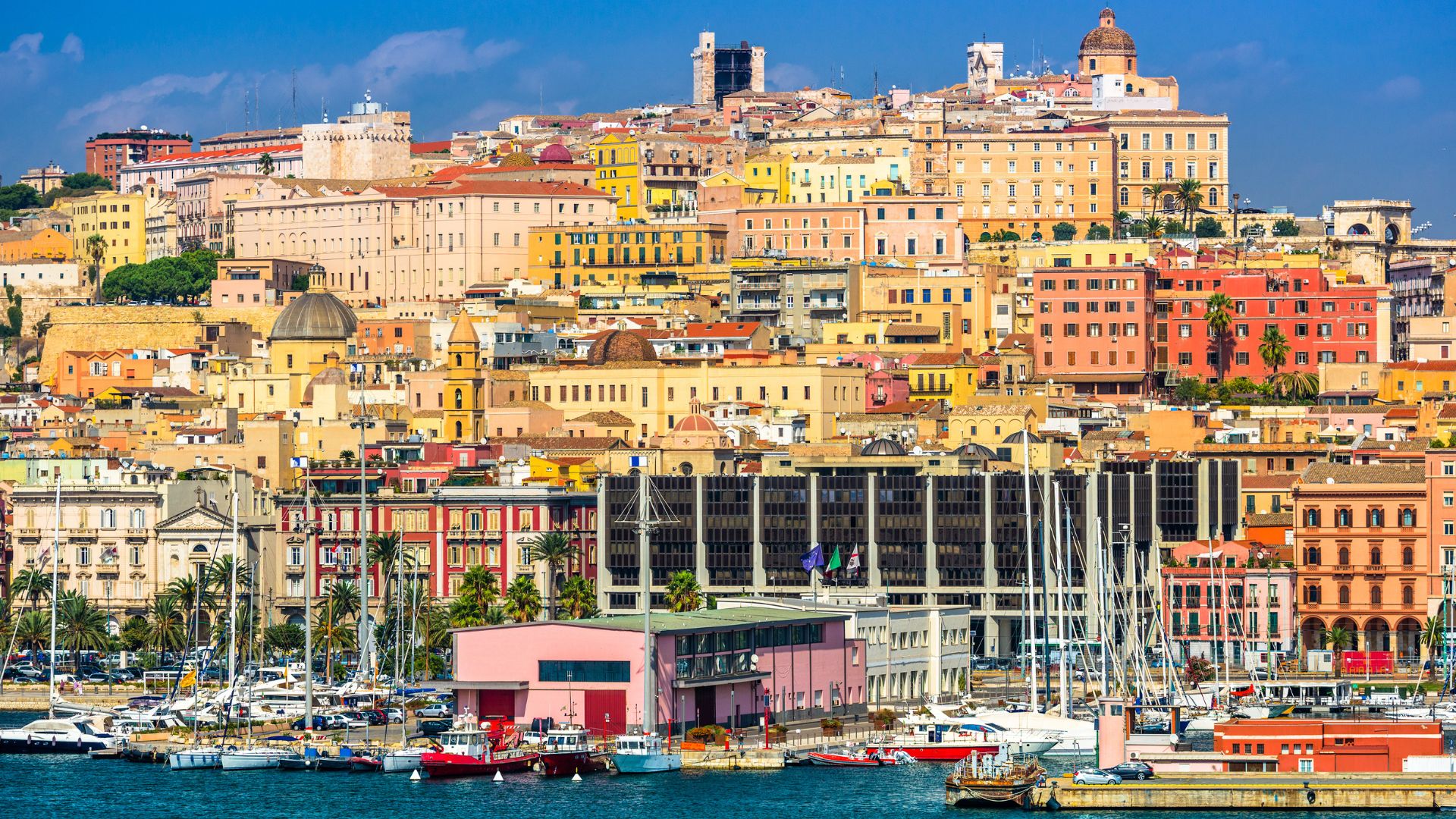Just seven kilometers from Sardinia’s rugged southwest coast, San Pietro Island sits quietly, waiting to surprise travelers like me who love Italy’s lesser-known places. I found this small paradise blending wild landscapes with a cultural heritage that feels worlds apart from Italy’s mainland, even though it’s so close. San Pietro Island is actually Italy’s sixth largest island, but somehow, it remains one of the country’s best-kept secrets. Its Ligurian heritage gives it a unique character you just don’t expect off Sardinia’s coast.
What really sets San Pietro apart is its strong Ligurian identity—even though it’s officially part of Sardinia, the island clings to its Genoese roots. You’ll notice it everywhere, from the architecture to the food. As I wandered the quiet streets, I kept thinking, “Am I in a tiny Genoa, or is this really Sardinia?” The wild beaches and untouched landscapes make it a dream for anyone craving authentic Mediterranean experiences far from the crowds.
Walking along San Pietro’s coastline, I kept stopping just to stare at those rugged cliffs dropping into clear blue water. The island’s separation from the mainland has helped it keep that wild, peaceful vibe—something rare in the Mediterranean these days.
If you’re tired of the usual Italian destinations, San Pietro gives you a mix of rich culture and natural beauty, all without the chaos.
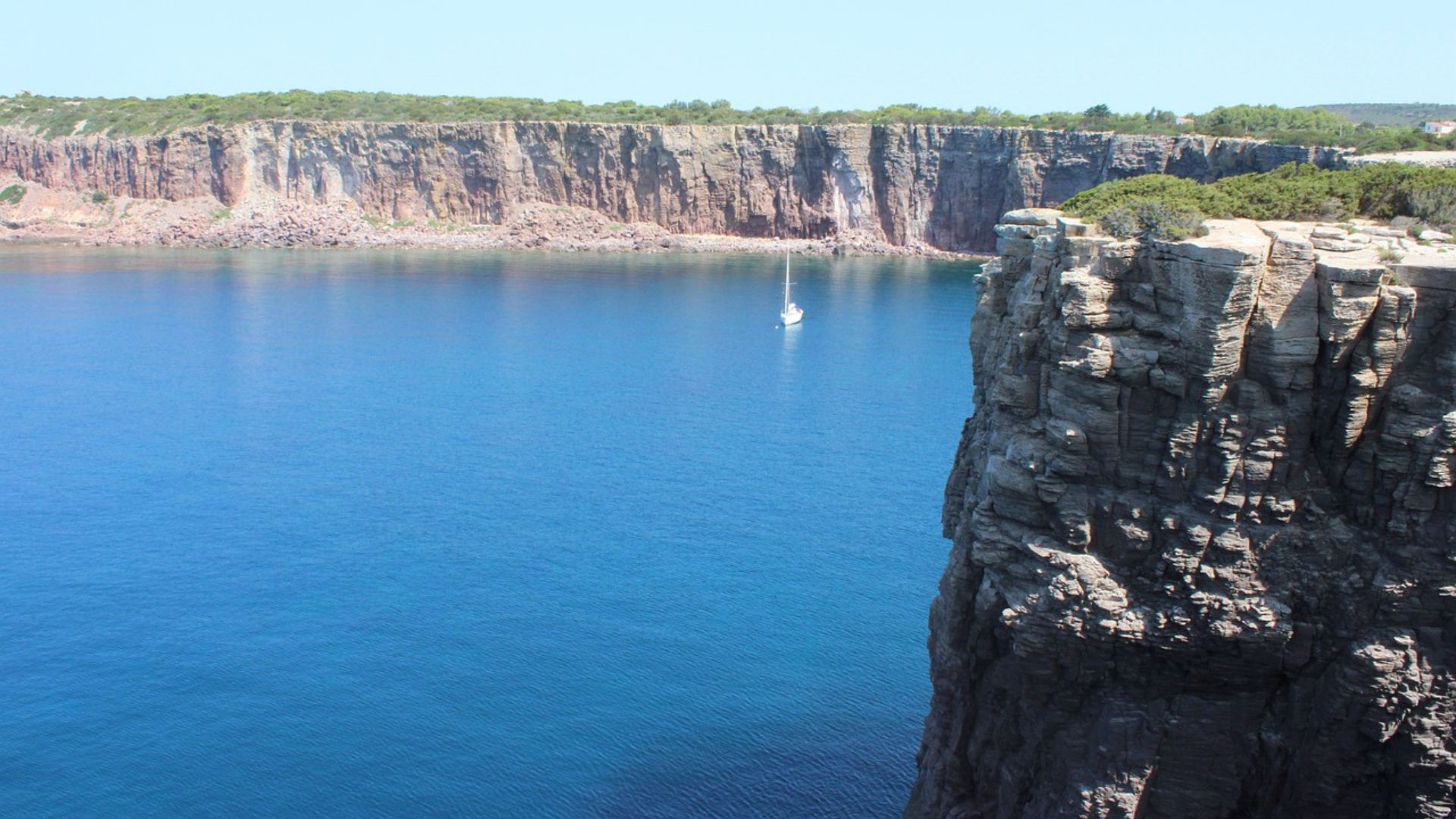
History and Cultural Heritage
San Pietro Island’s history is a tapestry woven from Genoese seafaring traditions and ancient Mediterranean influences. Its unique cultural identity grew from centuries of migration, trade, and strategic importance in these waters.
Origins and Genoese Legacy
Modern San Pietro’s story really starts in 1738. King Carlo Emanuele III of Savoy handed the island to Ligurian settlers—not just any Italians, but folks from Pegli, a Genoa neighborhood, who had been living on Tabarka Island near Tunisia. I found it so interesting that these settlers, called Tabarchini, brought a whole way of life to this volcanic island.
They used their fishing and trading skills to transform what was once a barren place. The main town, Carloforte (named for the king), still holds onto its Genoese character.
As I strolled through Carloforte’s colorful streets, I heard a dialect that sounded more Genoese than Sardinian. It’s like a little piece of Liguria, just floating out here.
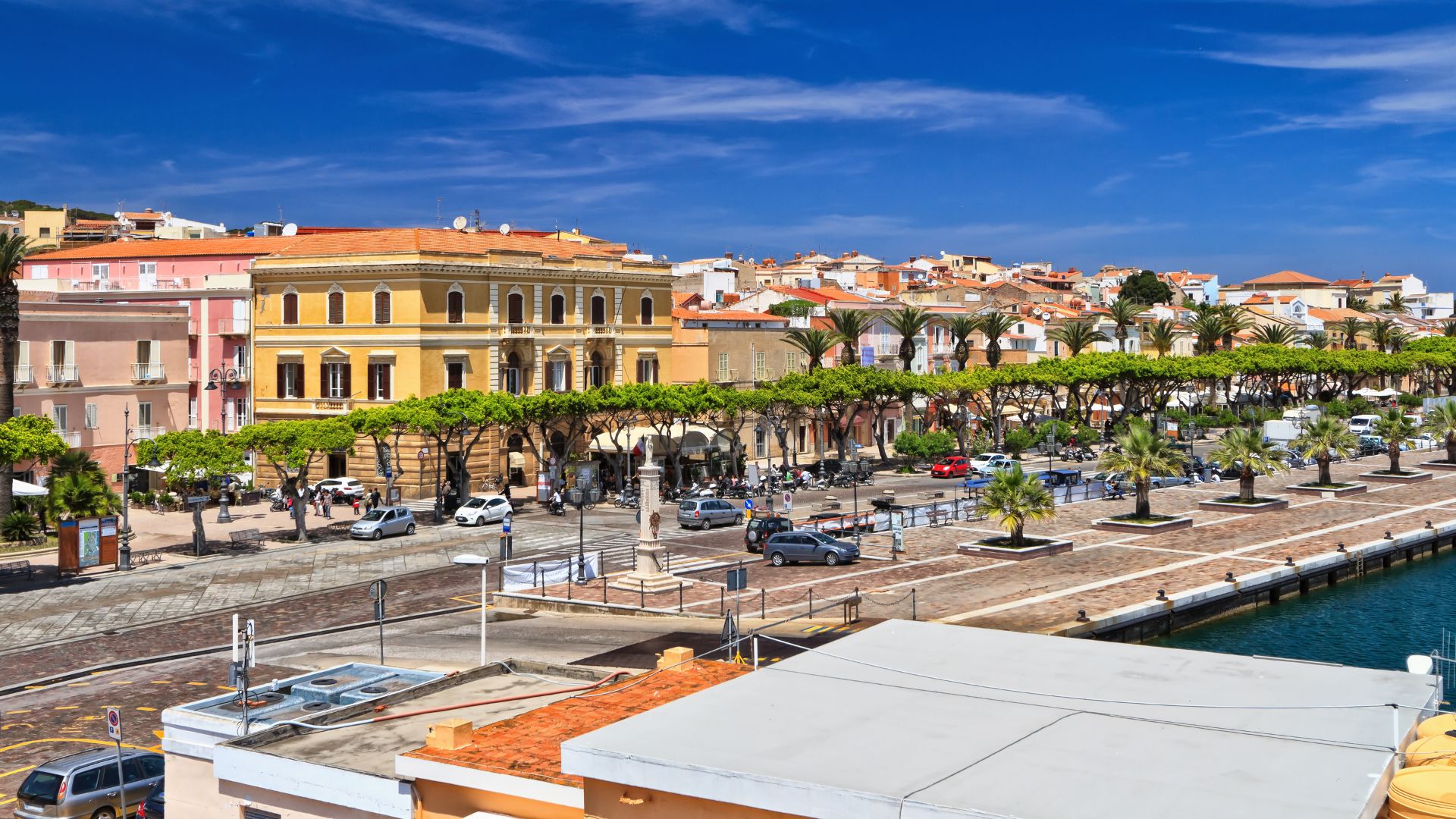
Tabarchini and Ligurian Connections
The Tabarchini’s migration story is honestly pretty wild. They started out in Liguria, moved to Tabarka off Tunisia for red coral in the 16th century, then had to leave when things got dangerous there. San Pietro became their new home.
These coral fishermen brought their food, language, and traditions with them. Even now, the U or Tabarchinu dialect they speak is still shockingly close to old Genoese.
Dishes like cascà (a veggie couscous) and farinata (chickpea flatbread) show off both North African roots and Ligurian flavors.
Every year, the Girotonno festival celebrates their tuna-fishing traditions. When I went, the island tripled in population, with visitors coming just to sample tuna cooked every way you can imagine.
Influence of the Republic of Genoa
Genoa’s maritime power really left its stamp on San Pietro. As one of Europe’s big naval players, Genoa set up outposts all over the Mediterranean, including the Tabarchini’s home on Tabarka.
You can see Genoa’s touch in Carloforte’s layout—narrow caruggi (alleyways) and pastel houses that remind me of Liguria’s seaside towns. The defensive walls and watchtowers, built Genoese-style, protected against pirates.
Fishing, salt, and trade fueled the island’s economy, just like in Genoa. San Pietro’s tuna-trapping method, the mattanza, became a big deal under Genoese influence.
Even after Sardinia switched to Savoyard rule, San Pietro kept its Genoese ties alive through language and traditions.
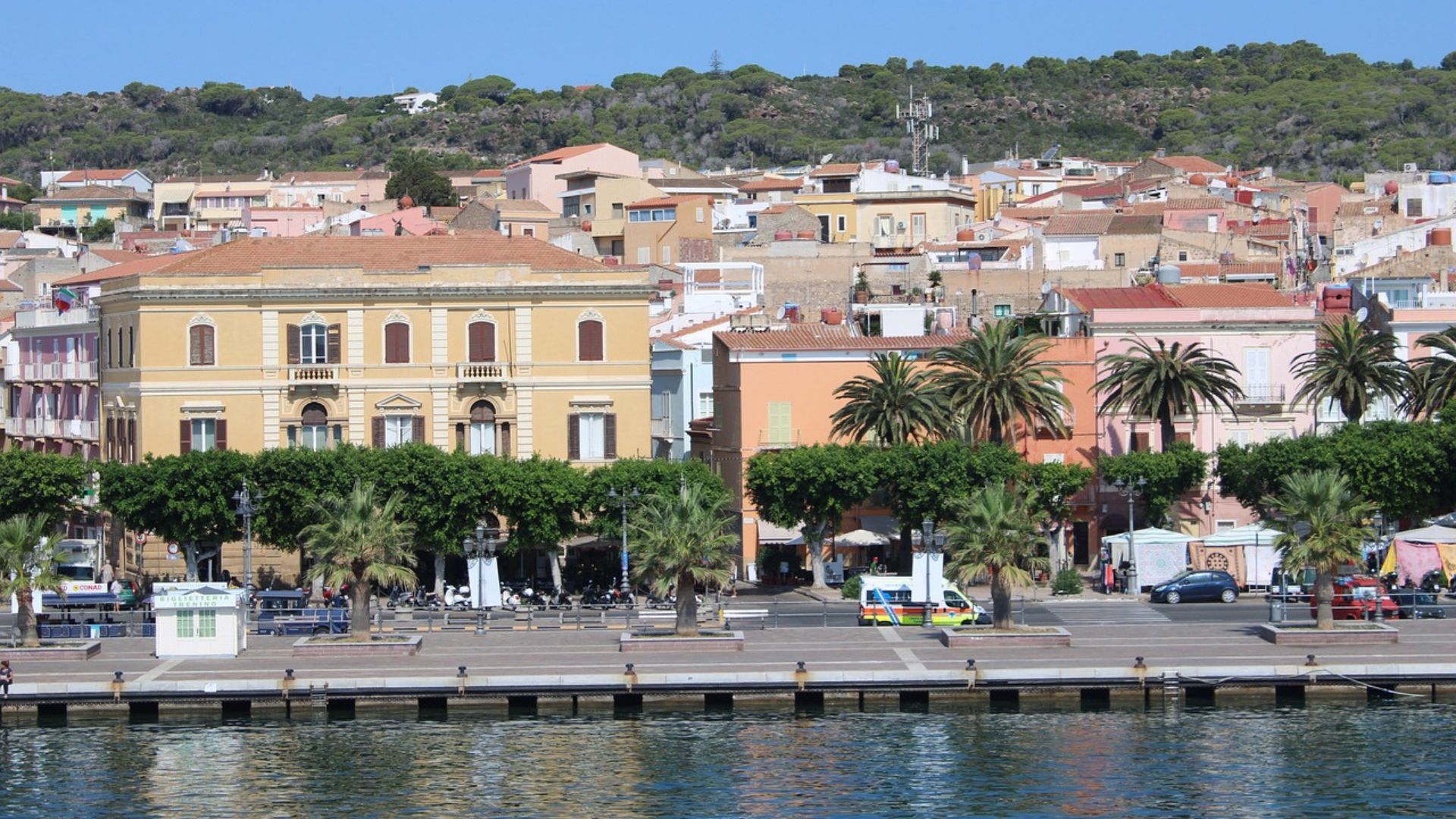
Ancient Civilizations and Archaeological Sites
Long before the Tabarchini, San Pietro saw plenty of ancient action. Archaeologists have found signs of Phoenician and Punic settlements from the 8th century BCE.
The island’s location made it valuable to all sorts of Mediterranean civilizations. When I explored the interior, I stumbled across ancient ruins that hint at just how long people have lived here.
Unlike Sardinia’s mainland, which has those famous nuraghi (prehistoric towers), San Pietro’s ancient sites are smaller but still intriguing. Ceramic shards and burial sites tell a story of old trade routes.
Nearby mainland spots like Tharros have bigger ruins, helping put San Pietro’s ancient history in context. These places show how the island was plugged into the Mediterranean’s trading world long before the Genoese showed up.
Exploring Carloforte: The Heart of San Pietro
Carloforte feels like someone picked up a Ligurian town and dropped it onto Sardinia. Its brightly painted buildings, winding streets, and lively culture make it the island’s beating heart.
Strolling Piazza Pegli and Local Landmarks
Piazza Pegli is where everyone seems to gather. I saw locals sipping espresso outside, catching up on the latest gossip. The square buzzes with life, especially in the evening when people come out for their passeggiata.
Grab a coffee at one of the cafés. The pastel buildings surrounding the square really show off Carloforte’s Ligurian soul.
Right nearby, you’ll find little artisan shops selling crafts and treats. I’d definitely recommend trying the local tuna dishes—they tell the story of the island’s fishing traditions.
Architectural Charms and the Basilica
Carloforte’s architecture is a quirky mix of Genoese and Mediterranean styles. Narrow alleys twist between colorful houses with unique shutters and balconies.
The Basilica of San Carlo Borromeo stands out as the town’s main religious spot. Inside, the Black Madonna statue really caught my eye—it’s deeply important to the locals. The basilica’s frescoes tell both biblical tales and island legends.
Carloforte made it onto the list of Italy’s “Borghi più belli d’Italia” (most beautiful villages) for a reason. As I wandered, I noticed how the town manages to keep its old-world charm while still feeling comfortable and modern.
Museo del Bisso and Artistic Treasures
At the Museo del Bisso, I discovered one of the island’s coolest traditions—sea silk. This rare fabric comes from the noble pen shell, a local mollusk. I had no idea Carloforte was one of the few places where this ancient art is still alive.
The museum displays gorgeous bisso textiles and the old tools used to make them. The artisans here are keeping a centuries-old craft from disappearing.
Carloforte also has a handful of galleries that showcase local artists. You’ll find both traditional crafts and modern art inspired by the island’s vibe.
If you’re around during festival season, check out the pop-up exhibitions. They give you a deeper look at the creative side of this community.
Beaches and Outdoor Adventures
San Pietro Island is a dream for anyone who loves the coast. Its clean waters and varied landscapes make it perfect whether you want to relax or get your adrenaline going.
Swimming and Sunbathing at Spiaggia La Caletta
Spiaggia La Caletta quickly became one of my favorite spots. Up in the northeast, this long, sandy beach feels hidden away compared to Sardinia’s busy shores.
The water is crystal-clear and usually calm—great for families. If you want a quiet morning, show up early before the few in-the-know locals arrive.
On my last trip in 2024, I couldn’t get over how the golden sand popped against the blue sea. There aren’t many facilities, so bring your own water, snacks, and plenty of sunscreen!
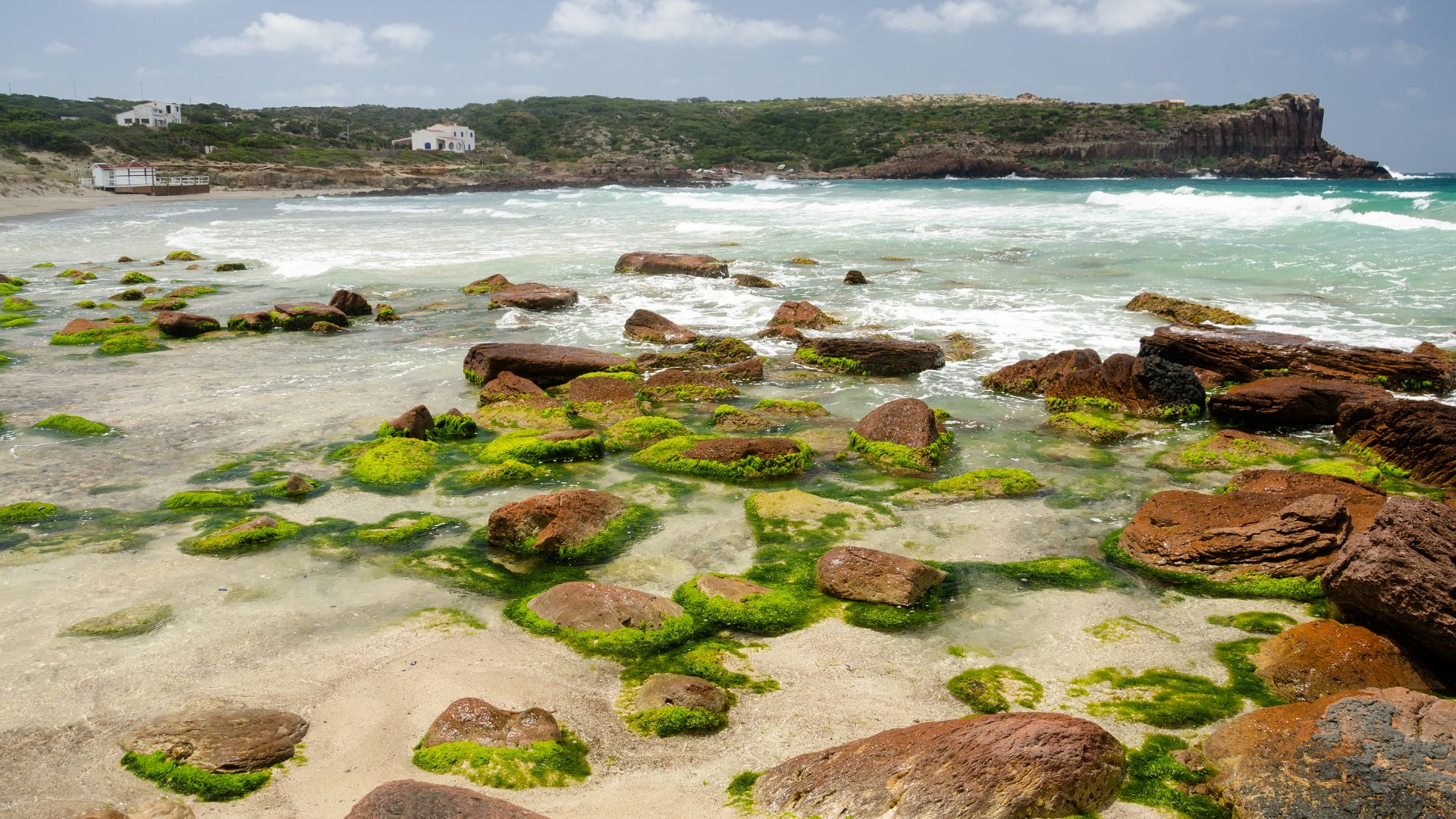
Hidden Coves and Sandy Beaches
San Pietro’s coastline is full of secret coves for those willing to explore a little. La Bobba beach, with its wild rock formations, is one of the most photogenic places I’ve seen.
Girin beach has a rugged charm, with pebbles leading into clear water. It’s usually quieter, even during the busy months.
If you want something really special, hike out to Cala Vinagra. The bay is framed by red cliffs, and the walk through Mediterranean scrub makes getting there an adventure.
Here’s a quick guide to my favorite hidden beaches:
| Beach Name | Best For | Accessibility |
|---|---|---|
| La Bobba | Photography, Swimming | Easy access |
| Girin | Tranquility, Snorkeling | Moderate hike |
| Cala Vinagra | Seclusion, Natural beauty | 20-minute walk |
Diving and Snorkeling Hotspots
The sea around San Pietro is bursting with life. I found the waters near Punta delle Colonne especially clear, with loads of colorful fish.
Fish dart between rocks, and sea fans wave in the gentle currents. While diving, I spotted groupers, barracudas, and even a seahorse or two hiding in the seagrass.
If you’re new to snorkeling, La Caletta’s sheltered bay is a gentle place to start. More experienced divers should try the western coast, where caves and deeper sites are waiting.
Several dive shops operate here. I went with Carloforte Diving Center—they really know their stuff and care about the local environment.
Walking and Outdoor Activities
San Pietro’s volcanic landscape is a treat for hikers and nature lovers. The terrain is surprisingly varied and fun to explore.
One morning, I walked the coastal path from Carloforte to Capo Sandalo lighthouse. The views over the Mediterranean are unreal, especially at sunset.
Birdwatchers can look for rare Eleonora’s falcons. I spotted a few soaring over the northern cliffs during my hike.
Mountain biking is catching on, too. Local shops in Carloforte rent out bikes and suggest routes for any skill level. The rolling hills and quiet roads are great, even if you’re not a hardcore cyclist.
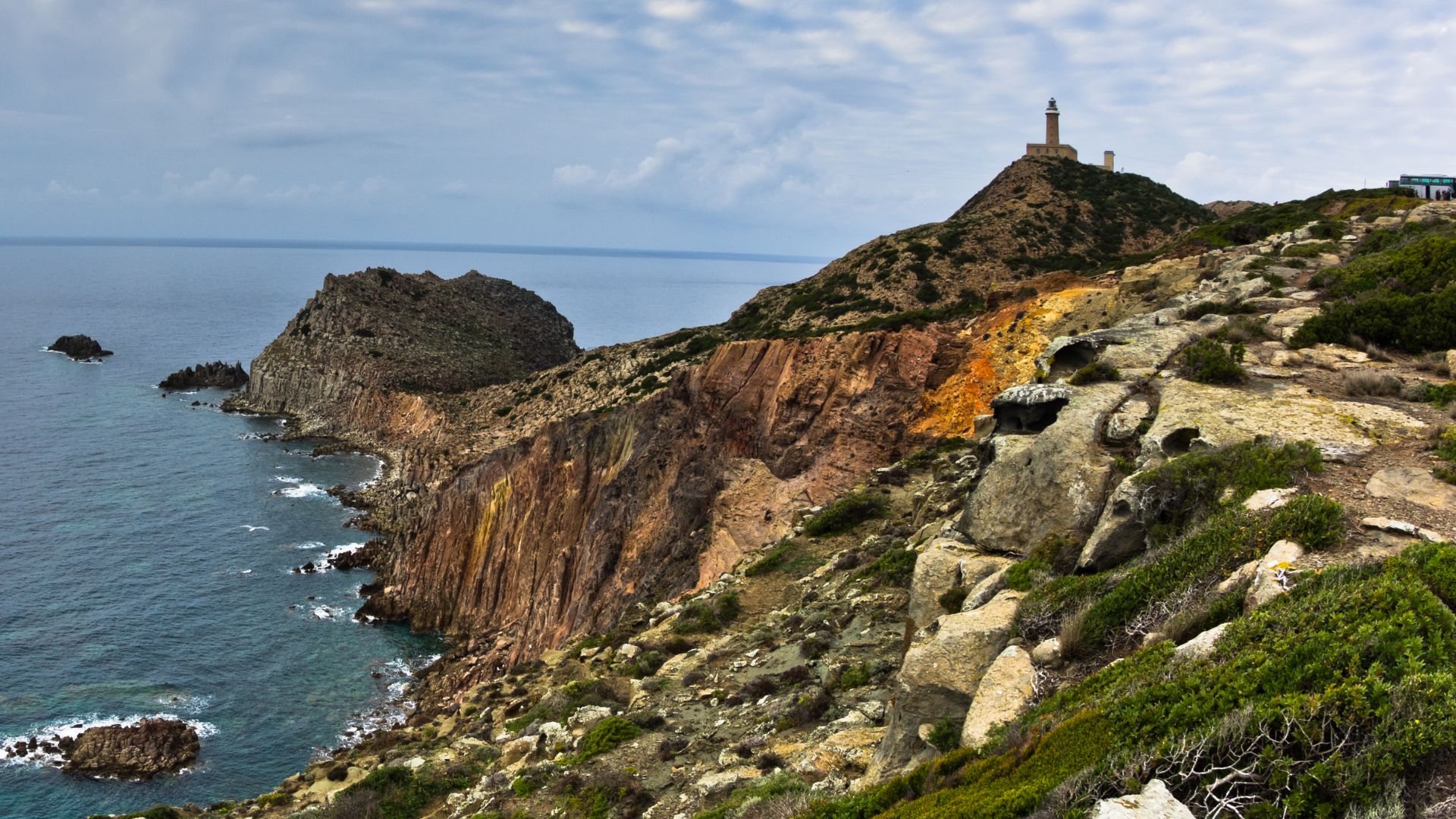
Authentic Flavors and Culinary Experiences
San Pietro’s food scene is all about Ligurian roots and fresh Mediterranean ingredients. Tuna fishing is the main event, but you’ll also find tasty Italian classics and local wines that pair perfectly.
Tuna Fishing and the Mattanza
San Pietro’s waters are packed with bluefin tuna, making it one of Italy’s top tuna spots. I got hooked on learning about the Mattanza, the traditional tuna fishing method that happens in late spring when the fish migrate.
Locals process the tuna right on the island, turning it into products you just can’t get anywhere else. The location “in the heart of the Mediterranean” really makes its tuna special.
Restaurants serve tuna every way you can imagine—from raw carpaccio to grilled steaks. The freshness blew me away. I even tried tuna bottarga (cured roe), which is intense and salty—locals love it on bread or pasta.
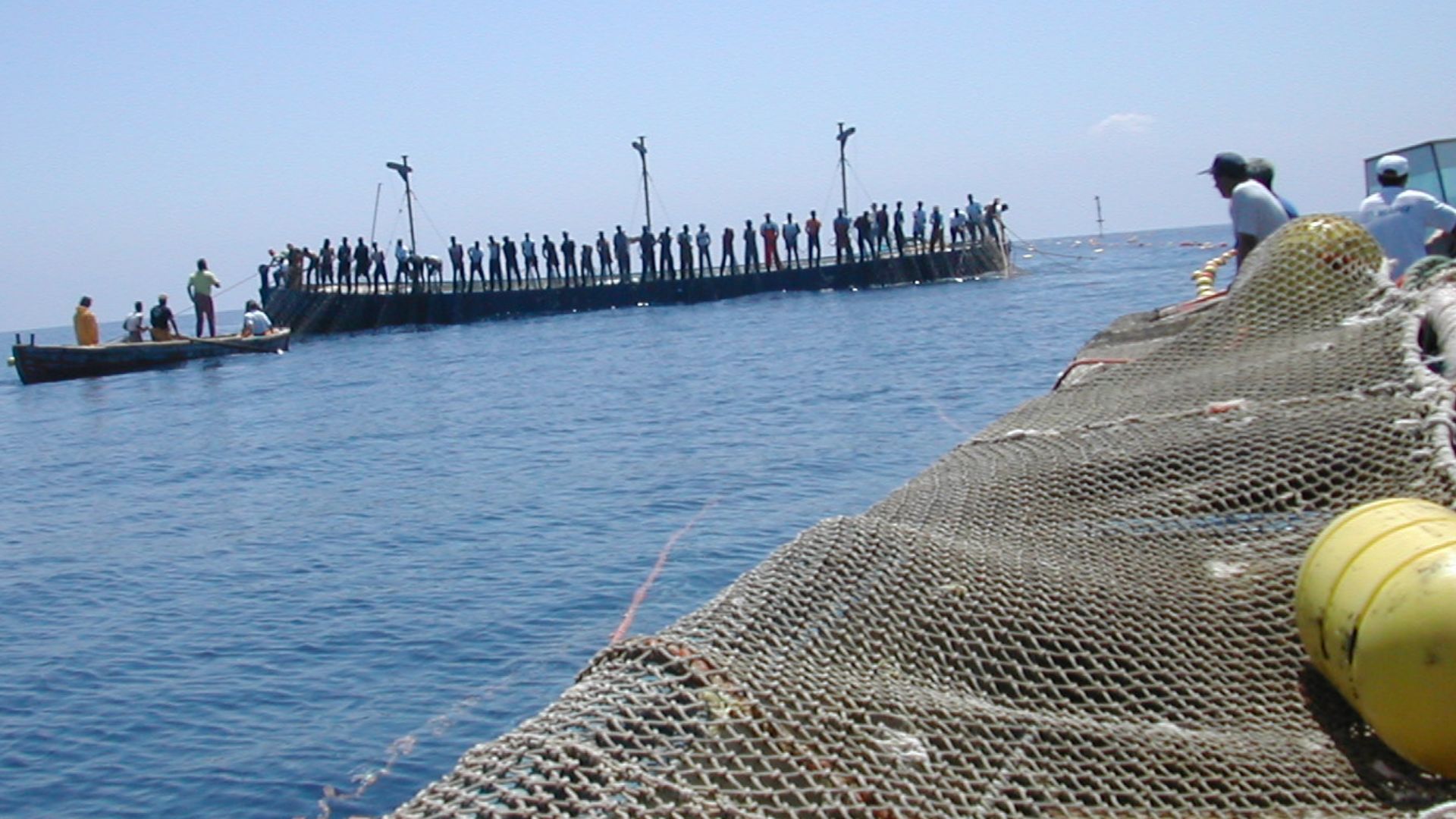
Traditional Ligurian and Italian Dishes
You can really taste the island’s Genoese roots in its food. When I strolled through Carloforte, the menus jumped out at me—they blend Ligurian classics with a clear nod to Sardinian flavors.
Must-try local dishes:
- Cascà (the local take on couscous)
- Farinata (chickpea flatbread)
- Pesto made with local herbs
- Suckling pig, cooked Sardinian-style
Restaurants here focus on simple, top-notch ingredients. Most trattorias serve up the day’s catch with fresh local veggies.
I have to say, the seafood pasta dishes blew me away. They mix the island’s freshest seafood with old-school Italian techniques.
Unlike mainland Sardinia, where lamb and wild boar dominate, San Pietro’s food scene leans hard into seafood.
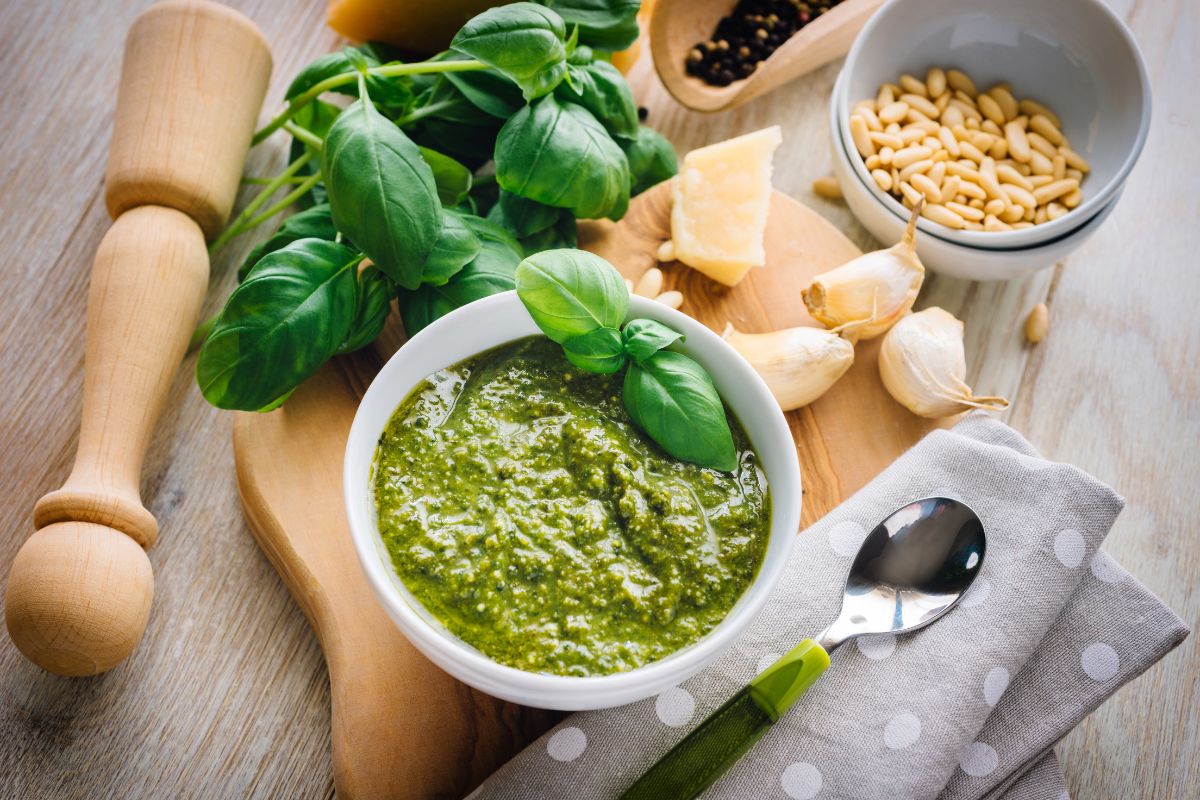

Wine Tasting: Vermentino, Cannonau, and Local White Wines
San Pietro and nearby Sardinia turn out some fantastic wines—perfect with all that seafood. On my last trip, I quickly learned that Vermentino is the go-to white wine here.
This crisp, mineral-rich wine thrives in the island’s Mediterranean climate. Most places pour it by the glass, and it’s a natural fit with tuna and other local fish.
If you’re more into reds, Cannonau (basically Grenache from Sardinia) comes in from the mainland. It’s bold and stands up well to the richer meat dishes.
Plenty of spots offer wine tastings with local varieties. I spent an afternoon at a small vineyard, chatting with the owner about how the sea breeze and mineral-heavy soil shape their wine’s flavor. It’s something you just don’t find anywhere else.
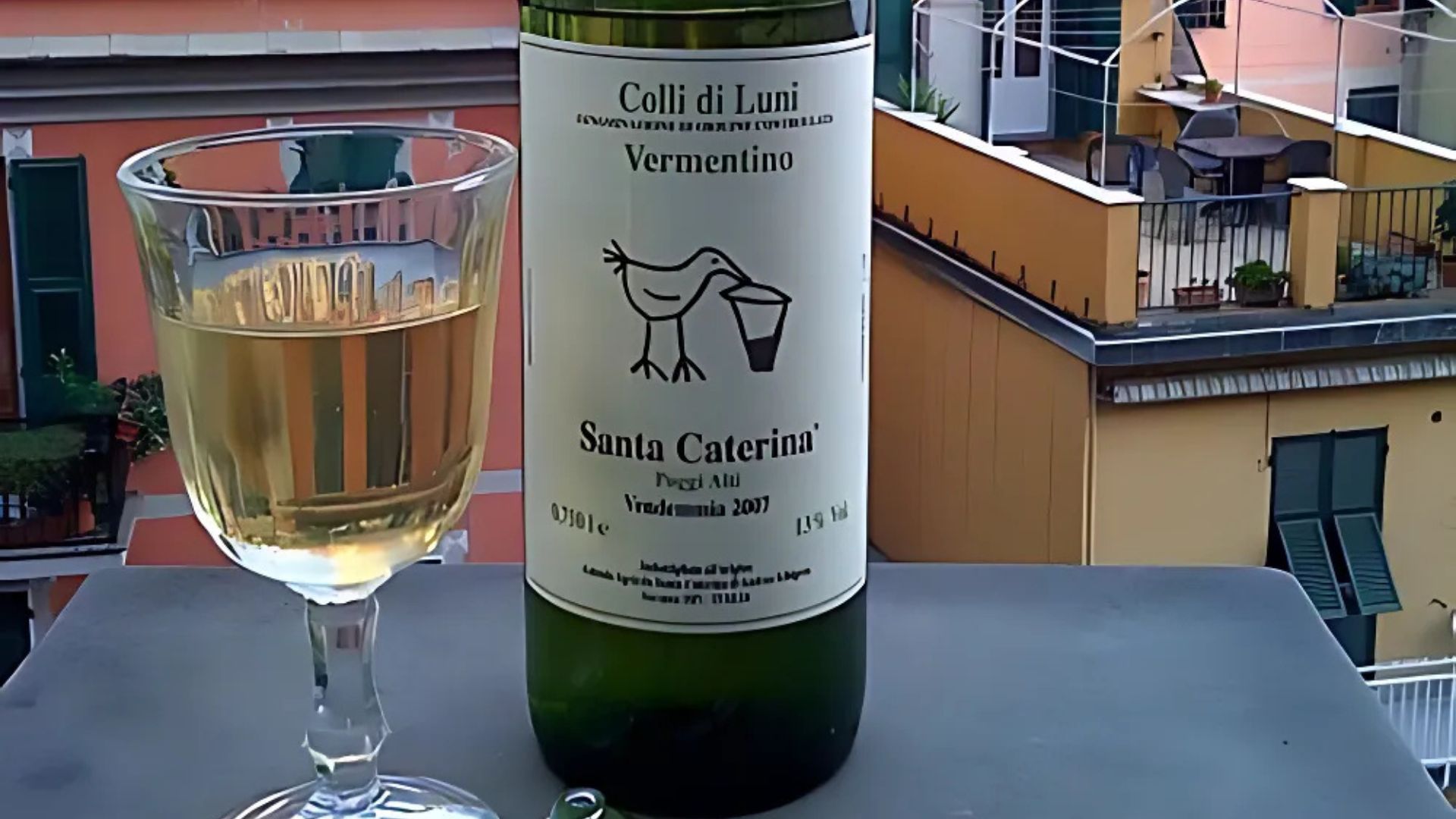
Festivals Including Girotonno
Nothing tops the Girotonno festival on San Pietro’s food calendar. Every year, this lively tuna celebration draws foodies from all over Italy (and beyond).
At the festival, I watched chefs compete to create the most inventive tuna dishes. Food stalls crowded the streets, serving everything from classic preparations to modern twists.
There’s more than just food, though:
- Live cooking demos
- Cultural shows
- Boat tours of traditional fishing spots
- Wine pairing events
The whole place buzzes with music, and locals love sharing their food traditions. If you want to dive into the island’s food culture, this is the time to visit.
The festival usually stretches over several days, so you get plenty of chances to try everything from old-school tuna to creative fusion plates.
Access, Stays, and Nearby Destinations
Planning a trip to San Pietro Island takes a bit of effort, but honestly, the journey becomes part of the fun. Over the years, I’ve found some cozy places to stay and nearby spots that really round out the experience.
How to Reach San Pietro from the Italian Mainland
Getting to San Pietro means mixing and matching your travel options, depending on where you start. I usually fly into Cagliari Airport, Sardinia’s main hub, which has regular flights from Rome, Milan, and other big cities.
From Cagliari, I rent a car and drive about an hour and a half to Portovesme. That’s where ferries leave for Carloforte.
The ferry ride only takes 30 minutes, but the views are something else. You can also catch a ferry from Calasetta on Sant’Antioco, which heads to Carloforte too.
In summer (June to September), ferries run more often—sometimes every hour. It’s smart to check the latest schedules on Delcomar or Sardinia Ferries before you go.
Accommodation Options and Travel Tips
For such a small island, San Pietro offers a surprising range of places to stay. When I looked around, I saw that vacation rentals are super popular, with Airbnb prices starting at about $20 a night.
Some of my favorite finds include:
- Waterfront apartments in Carloforte with killer sea views
- Traditional Tabarkine houses in the old town
- Family-run B&Bs where you get a real taste of local life
- Boutique hotels with rooftop terraces
Waterfront spots get high marks for location and cleanliness. If you’re coming between May and October, book at least three months ahead—trust me on this.
If you want to explore the island, rent a scooter or car. It makes things easier, though Carloforte itself is easy to walk around.
Exploring Calasetta, Sant’Antioco, and Portoscuso
The area around San Pietro is a little archipelago that’s well worth checking out. I like to hop on the ferry to Sant’Antioco, which connects to Sardinia by a causeway, to wander its main town and hit the beaches.
Calasetta, up at the north end of Sant’Antioco, has white sand and water so clear you’d think you’re in the Caribbean. The town’s architecture stands out, reflecting its history with Carloforte.
Portoscuso on the mainland gives you a peek at Sardinia’s industrial side, mixed with some lovely coastal walks. I always make time to see its Spanish tower and grab fresh seafood at the local trattorias.
You can visit all these places in a day, so San Pietro makes a great base for exploring this special corner of Sardinia.
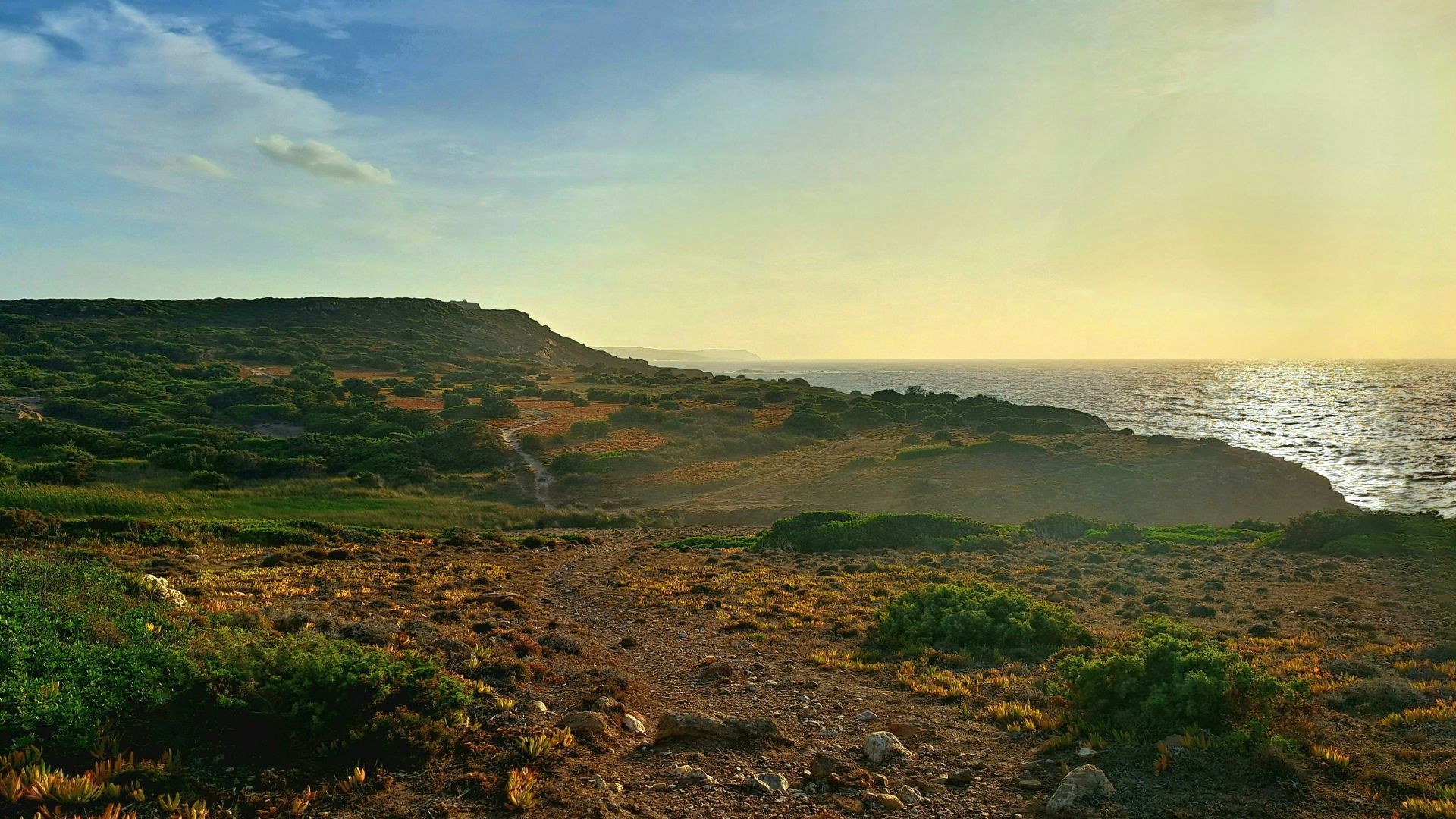
Connections to Cagliari, Alghero, and Portovesme
Cagliari, Sardinia’s capital, really deserves at least a full day of exploration during your trip. I usually kick off or wrap up my San Pietro adventure here.
The historic Castello quarter stuns with medieval towers and sweeping views. Honestly, you might find yourself lingering longer than planned.
Portovesme stands out as the main mainland ferry point to San Pietro. I also like wandering around for its industrial heritage and the nearby beaches.
If you’re driving a rental car, you’ll appreciate the convenient parking at the ferry terminal. Makes life a bit easier, doesn’t it?
Alghero sits on Sardinia’s northwest coast, and getting there takes some commitment—about a three-hour drive from Portovesme. But wow, the Catalan-influenced old town and Neptune’s Grotto sea caves make the journey feel worth it.
For what it’s worth, I always keep a map of southwestern Sardinia handy. It helps a lot when you’re trying to piece together multi-stop day trips or just not get hopelessly lost.
